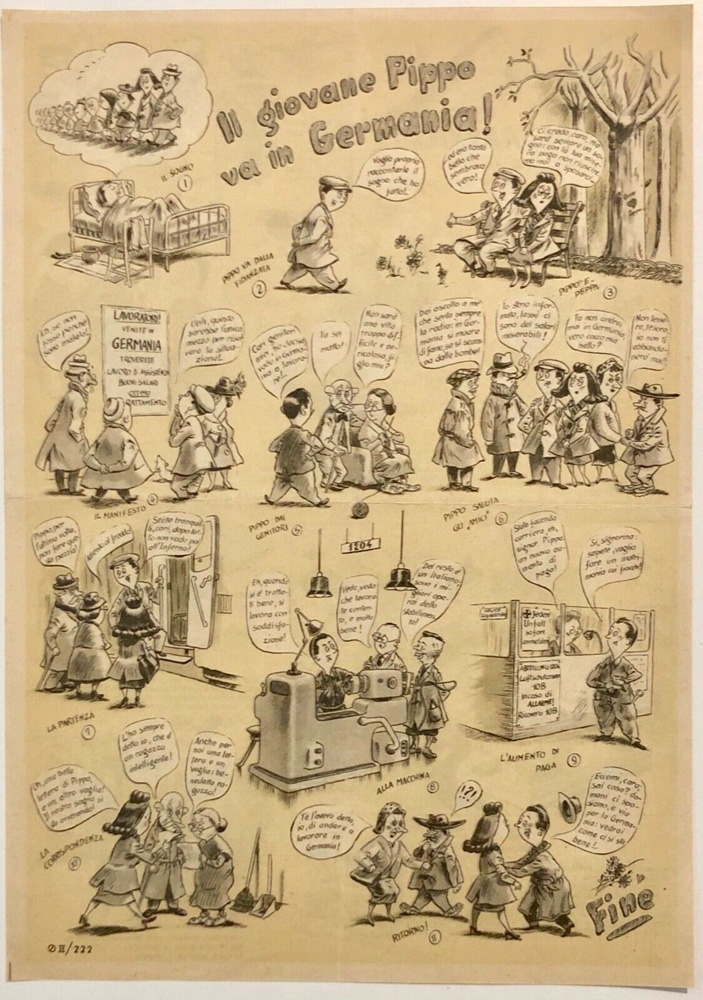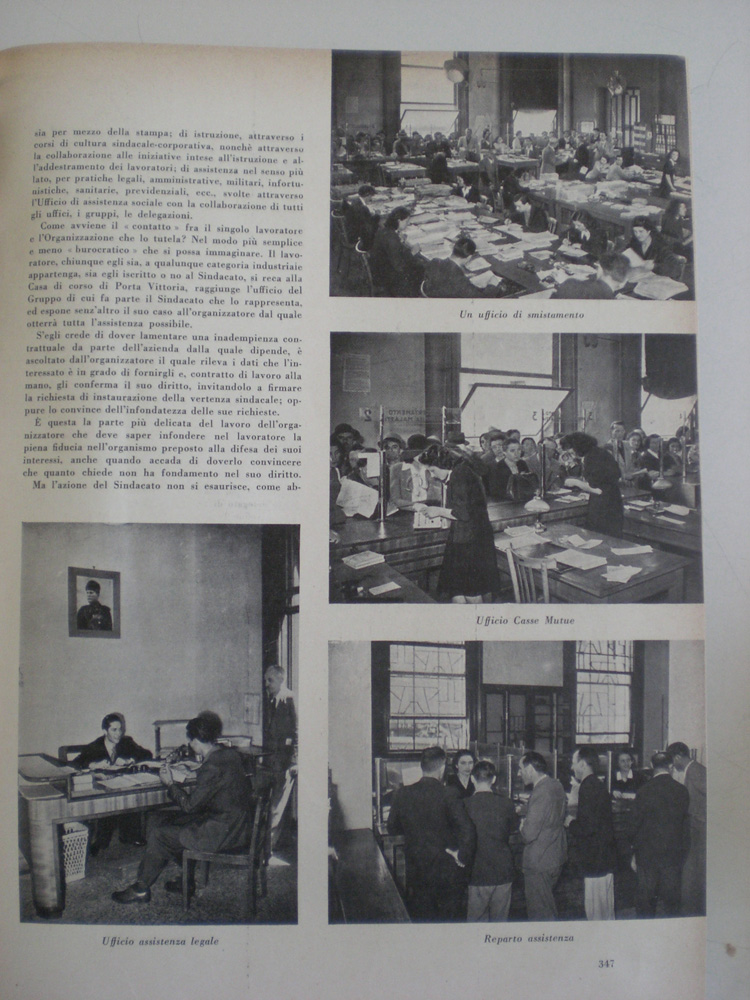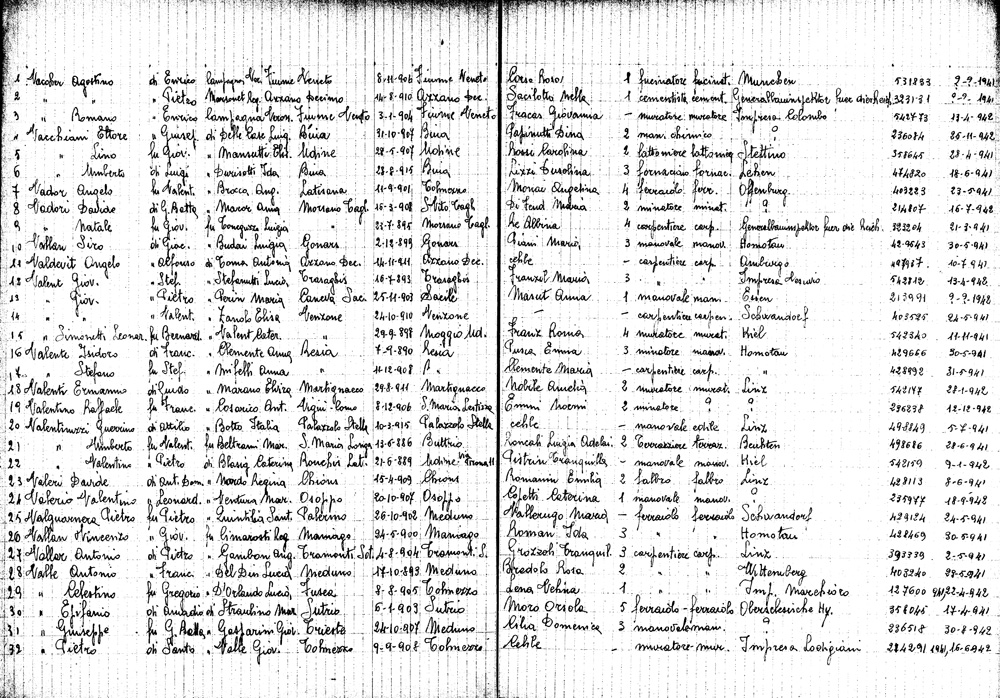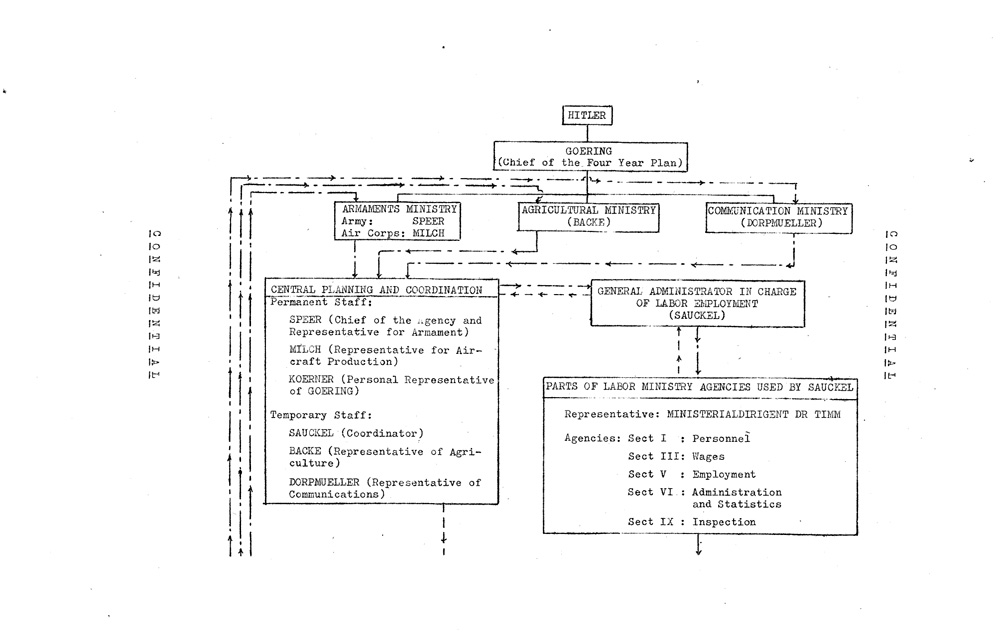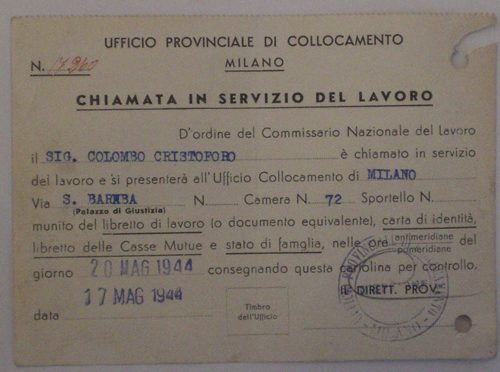Italy’s most important region from a socio-economic point of view, Lombardy was recorded as having a working population involved in industrial production of over one million people, in the last statistical survey prior to the war. In addition to this marked industrial connotation, the region also boasted thriving agricultural production, especially in the irrigated area of the lower Po valley, as well as significant natural riches such as large forests and various mining centres.
This territory, offering considerable material resources, could also count on a large, variously specialised workforce, which constituted a precious source of manpower for the war needs of the Third Reich.
Furthermore, a considerable number of Lombard workers had emigrated to Germany (about 12,000 had moved there from Milan, and over 6,000 from the smaller province of Cremona) between 1938 and 1942 – a significantly favourable precedent for possible further transfers beyond the Brenner Pass for reasons of work. And in fact, in line with this phenomenon, voluntary departures continued due to the difficult economic situation also in the later part of 1943, allowing the occupiers, at least in the short term, to avoid resorting to massive coercive measures and to downsize their demands for manpower.
Once this pool of “volunteers because they were vulnerable” was exhausted, no volunteers showed up in Milan in February 1944, and the introduction of more stringent rules such as mass conscription became necessary, although soon proved to be unsatisfactory. While in April 1944 in Sondrio only about 10% of those who were called up actually reported for work, in Milan a few months later not even a miserable 3% was achieved. Use was made of strategies such as “prison emptying”, which transformed the Milanese penitentiary of San Vittore into a crucial regional hub for collection and recruitment. There were also incessant military and police operations, albeit often conducted on a smaller scale than in other northern regions. These became the preferred way of meeting the manpower quotas requested by the emissaries of the plenipotentiary Sauckel. The latter’s plans, in a region with a rich but complex economic fabric such as Lombardy, were however inevitably hampered by infighting with Albert Speer, who was in favour of the intense exploitation of manpower for the benefit of the Reich, but carried out locally.
This contradiction, which saw the proliferation of protected companies and a race to find manpower for German manufacturing industries, determined a lower recruitment of workers than desired. The amount of manpower transferred was in any case huge, as demonstrated by the almost 11,000 names of Lombards that emerged from a recent detailed study of the files of the Italian Exchange Office archive.
THE HISTORIANS’ VIEW
Work in Germany and the public spirit in Lombardy
Labour conscription/local production: the contradictions of the occupying forces
Indirect pressures.
Memory: recent awards to forced labourers.
Deportations based on profession or for other reasons.
by Massimiliano Tenconi
